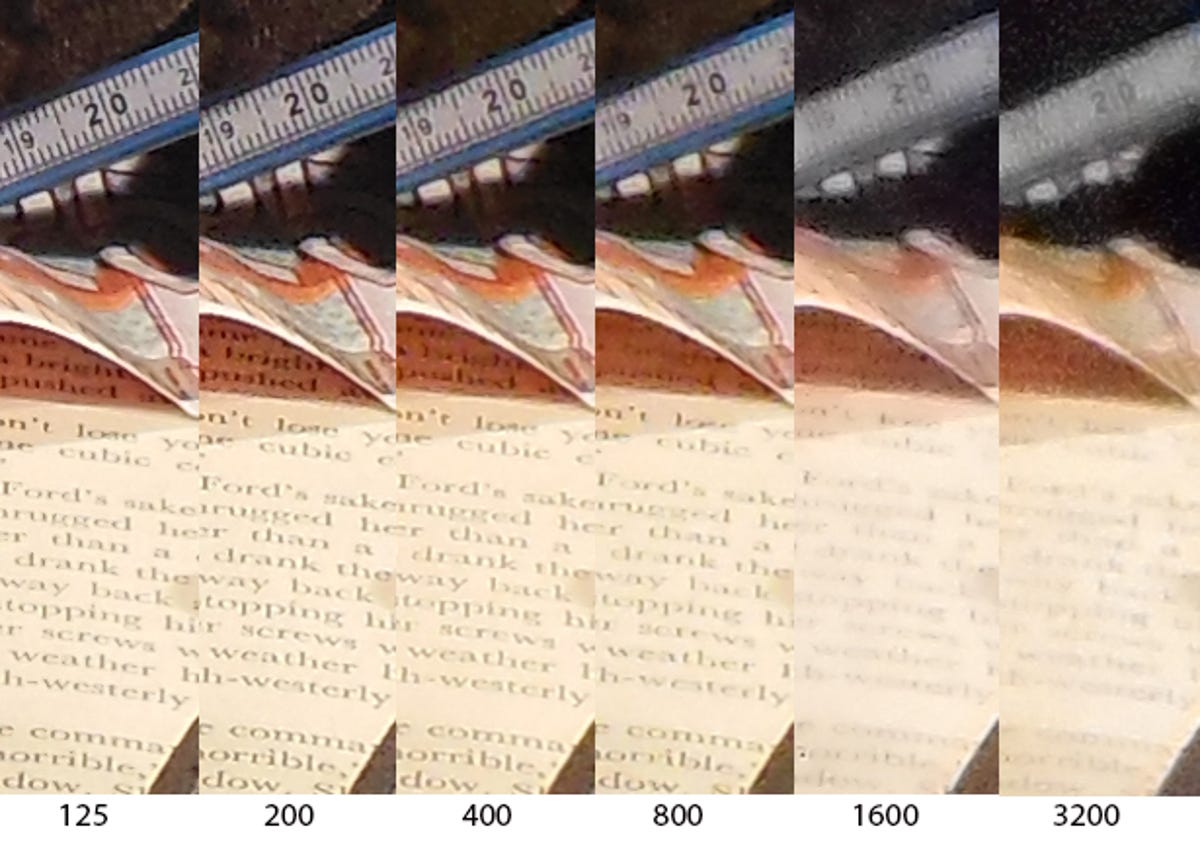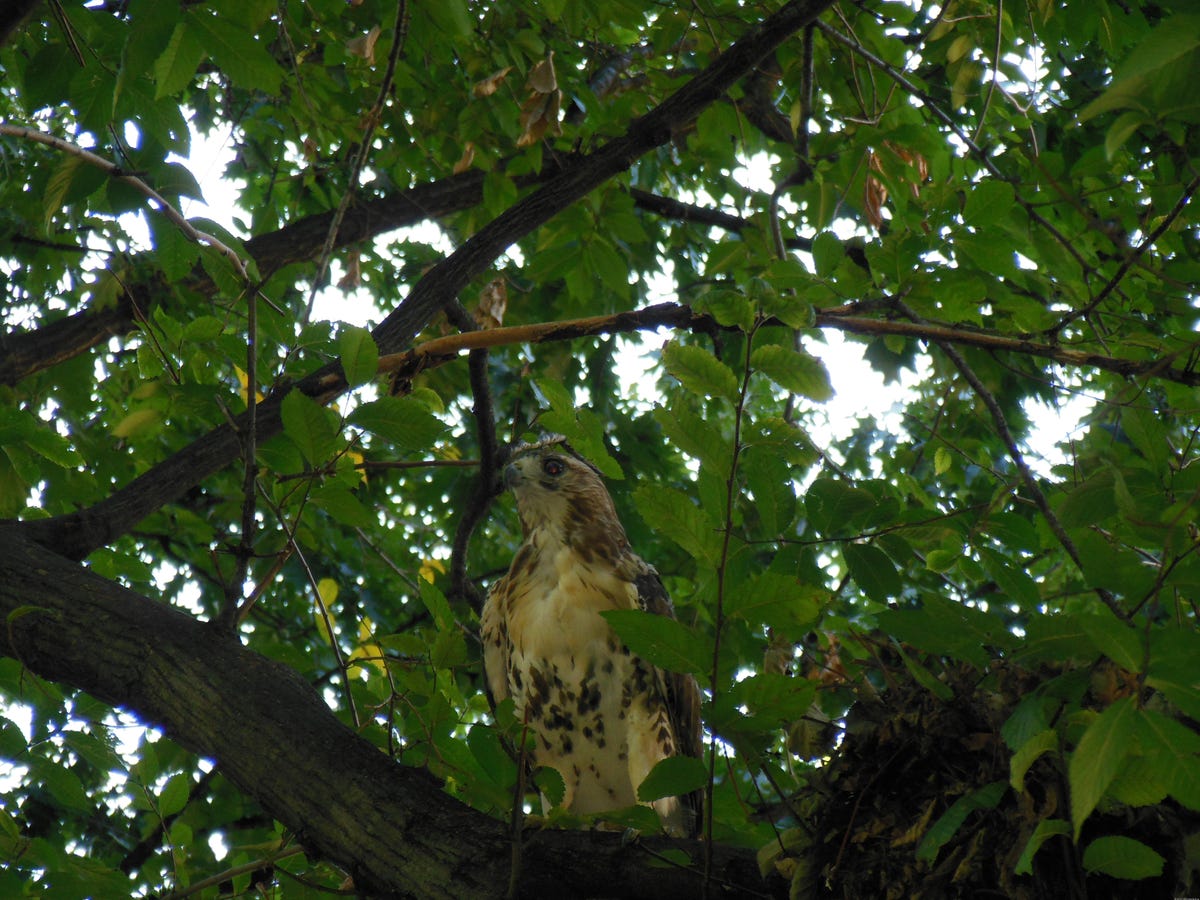
ISO comparison
Overall photo quality from the Nikon Coolpix S6300 is above average for this class of camera, suitable for prints up to 8x10 and Web use. At full size they don't look good, though, so its 16-megapixel resolution isn't a reason to buy. Though its sensitivity settings run from ISO 125 to ISO 3200, the S6300 is best used with plenty of light to keep sensitivity below ISO 400.
Regardless of sensitivity, photos appear somewhat soft and benefit from sharpening with photo-editing software. There's a Fixed Range Auto option that will limit you to ISO 125-400 or ISO 125-800; I recommend using the former outdoors and the latter indoors when possible. The two highest ISOs -- 1600 and 3200 -- should only be used in emergencies, mainly because the colors get very washed out and the noise reduction makes subjects appear smeary, and actually, colors are so bad at ISO 3200 you probably shouldn't use it at all.
Macro at 100 percent
Macro at 50 percent
Burst shooting
The S6300 can shoot bursts at up to 6 frames per second for up to seven frames. Once you release the shutter, though, you'll be waiting a bit while the camera processes and stores the photos before you can shoot again.
The camera also has 60fps and 120fps bursts; the former captures up to 25 images at a resolution of 1 megapixel, and the latter grabs up to 50 VGA-quality shots at a press of the shutter release. There's a substantial wait while the camera stores all those photos, but if you're trying to capture a specific moment in time, this is your best bet with this camera. Also, with all of these modes, the focus, exposure, and white balance are set with the first photo. If you have a fast-moving subject, like someone running, there's a good chance your subject won't be in focus for all of the photos.
Color
Zoom range
Lens distortion
Backlight HDR
D-Lighting
Special effects
Filter Effects
Easy Panorama
Included in the scene options is an Easy Panorama mode. Just press the shutter release and pan the camera and the S6300 will capture either a 180- or 360-degree panorama shot. You'll want to save it for when your target isn't moving, though. View at full size to see what I mean.
Photos at 250mm (f5.8, 1/800th, ISO 125)
This slide and those that follow are examples of the S6300's photo quality at full telephoto. A link is provided below each to view the images at full size. Note: These are large files and may take several seconds to load.
Photos at 250mm (f5.8, 1/620th, ISO 125)
Photos at 250mm (f5.8, 1/600th, ISO 200)
Photos at 250mm (f5.8, 1/400th, ISO 125)


